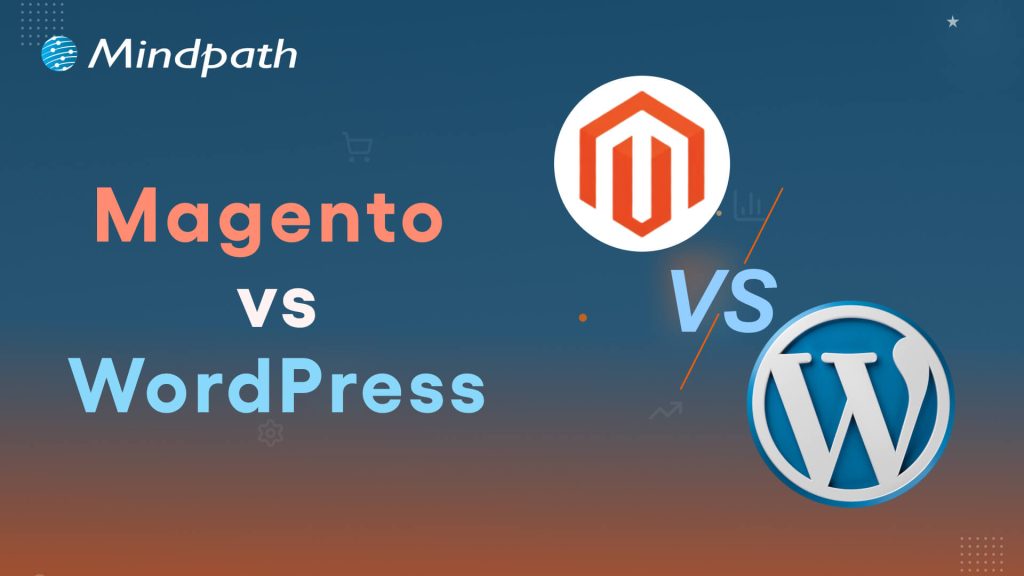Are you considering hiring an offshore developer but not sure where to start? With so many options and factors to weigh, it can feel overwhelming. How do you find the right talent? What should you look for to ensure a smooth process? In this blog, we’ll walk you through everything you need to know to make hiring an offshore developer easy and successful. So, let’s dive in!
Who is an Offshore Developer?
An offshore developer is a tech specialist who assists in the design and development of software for a firm located abroad. They typically operate remotely from a separate place as a member of a larger team. Many offshore developers reside in nations like Poland, Colombia, and India which are renowned for their expertise in technology. While working remotely, offshore developers are totally dedicated to a single organization, unlike freelancers or outsourced labor.
What is the Role of an Offshore Developer?
Offshore developers play an important role in helping businesses construct, test, and maintain their software projects. They work on everything from software design to ensuring that it functions properly. Despite working remotely, they frequently cooperate with a sizable development team situated abroad.
Due to their global origins, offshore developers provide unique perspectives and approaches to problem-solving. This diversity fosters innovative thinking and helps provide original ideas, which results in projects of superior quality. They can manage many facets of your tech demands while providing a fresh viewpoint due to their blend of technical expertise and experience.
Guide to Hire Offshore Developer

1. Set Your Business Goals and Plans
Before hiring an offshore developer, you should be clear about your business objectives and ambitions. For new businesses, this entails understanding the issue your product is trying to solve and how it benefits your intended market. Setting both short- and long-term objectives can help you guide your project and convince your prospective clients and team of its worth.
If your company is already well-established, you should consider how employing offshore developers would work with your present objectives and procedures. In order for your offshore staff to function with a clear purpose from the beginning, it is crucial that they grasp your objectives and what you want from them.
2. Pick the Best Offshore Location
The next step is to choose the best offshore site after determining your company’s objectives and the kind of developer you require. Select a location that meets your needs as a business. First, think about the time zone; for improved communication and teamwork, it should be comparable to the hours of your internal staff. Verify the developers’ proficiency in English as well to guarantee smooth communication.
Seek out regions with a robust tech talent pool that possesses the particular abilities your project needs. To guarantee a successful commercial operation, take into account the location’s political and economic stability as well. To secure your sensitive information, it’s essential to comprehend local data protection regulations. Keep in mind that quality is more essential than cost savings when comparing prices but be careful to include both labor and operating expenditure. Finally, to avoid any issues while employing engineers, become familiar with the local legal requirements.
3. Build a Remote Hiring Process
Once your location and goals are set, it’s time to design a remote hiring procedure. Since recruiting remotely differs from typical approaches, you should evaluate your prior hiring efforts to determine what worked and what didn’t if you have never recruited remote engineers previously. Start by making sure you have the necessary resources, such as video conferencing software like Google Teams, Zoom, or Skype, to assess applicants. Once these resources are available, proceed with the hiring procedure as follows:
Begin by developing a thorough job description that defines the role, needed abilities, and any other relevant information, such as time zone and contract type. Next, look for applicants via a variety of channels, including job boards and social media sites like Facebook groups and LinkedIn. Consider working with remote recruiting firms if you’re experiencing problems locating a suitable candidate.
It’s time to assess the applicants after they have been gathered. Choose the most effective methods to assess their abilities, such as group projects, live coding tests, or small projects. Additionally, interview individuals in a variety of ways to learn about their personalities and potential fit with your organization.
4. Understand Legal and Contract Details
Hiring software engineers from abroad necessitates paying close attention to a number of legal requirements, such as being aware of the rules and regulations of the developer’s home nation. To guarantee mutual understanding, begin by precisely outlining the scope of work in your contract, including project objectives, deliverables, schedules, and milestones. Declare who will be the owner of the intellectual property produced throughout the project in order to clearly address intellectual property rights. To safeguard private data and trade secrets exchanged during the project, strong confidentiality and non-disclosure agreements are necessary.
To protect your data, it’s also essential to confirm that the offshore development business complies with privacy and data security laws. Clearly define the conditions of payment, including the currency, accepted methods, and payment schedule. Connect payment milestones to particular project deliverables. Incorporate fines for any delays or noncompliance with performance requirements, as well as performance guarantees to assure the offshore staff achieves established standards. Indicate the jurisdiction and governing legislation that will be used to interpret the contract as well. Lastly, have legal professionals examine your contract to make sure it complies with local regulations and successfully safeguards both parties’ interests.
5. Work with a Trusted Offshore Development Agency
Hire Offshore Developers at Mindpath
Hiring offshore developers can be a game-changer for your project, providing access to a skilled talent pool while optimizing costs and resources. At Mindpath, we streamline this process to make it as smooth as possible for you. Here’s how you can easily hire offshore developers with our expert guidance:
- Gather Your Requirements
Reach out to us to discuss your project goals and needs. We’ll review everything and create a detailed plan that outlines our approach, timeline, and estimated costs.
- Select the Right Talent
We’ll find ReactJS developers who are the best fit for your project. You’ll have the opportunity to interview them and choose the developers that meet your requirements.
- Kick Off the Project
Once your team is in place, we’ll launch the project with a clear plan and timeline. Our team will keep in close contact, providing regular updates to ensure everything aligns with your vision.
- Receive Ongoing Support
We’re here to support you throughout the development process and even after the project is completed. Our goal is to ensure that all your objectives are met and that the project runs smoothly.
Wrapping Up!
Hiring offshore developers presents a valuable opportunity for businesses to access skilled talent while optimizing costs and resources. By clearly defining your objectives, understanding legal requirements, and collaborating with a trusted partner like Mindpath, you can simplify the hiring process and enhance the success of your projects. At Mindpath, we guide you through every step, from gathering your requirements to selecting the right developers, kicking off your project, and providing ongoing support. Our team is dedicated to ensuring that your goals are met and that the development process runs smoothly.
Ready to elevate your projects with top-notch offshore developers?
Partner with Mindpath today for expert guidance and a seamless hiring process.












